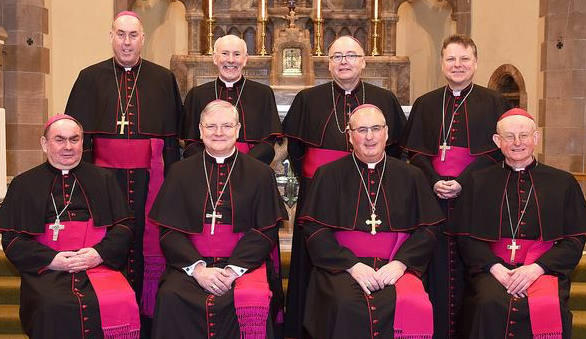As the world mourns the death of Pope Francis, who passed away peacefully on Easter Monday, April 21, 2025, at the age of 88, the Catholic Church now turns its attention to the sacred and historic process of choosing his successor.
The Pope died at 7:35 a.m. at his residence in the Vatican’s Casa Santa Marta after a month-long battle with double pneumonia. His death was confirmed by the Vatican and announced publicly by Cardinal Kevin Farrell, the Camerlengo of the Apostolic Chamber.
Following the death of a pontiff, the Church enters a period known as Sede Vacante—the “vacant seat”—marking the official absence of a Pope. During this time, the Church’s daily functions are overseen by the College of Cardinals, who also begin preparing for the most solemn task at hand: the papal conclave, the process to elect the next Pope.
What Is the Papal Conclave?
The papal conclave is a centuries-old tradition combining spiritual discernment, theological insight, and subtle diplomacy. Held in the Sistine Chapel, the conclave is governed by strict secrecy and ritual, designed to ensure prayerful reflection and divine guidance.
Only cardinals under the age of 80 are eligible to vote. These men, drawn from dioceses and posts across the globe, gather in Rome and take an oath of confidentiality before entering the conclave. Once inside, all forms of communication with the outside world are cut off.
How Is a New Pope Chosen?
Each day of the conclave includes several rounds of voting. A two-thirds majority is required to elect a new Pope. Cardinals cast their votes on paper ballots, which are burned after each session. The resulting smoke signals the outcome: black smoke means no decision has been reached; white smoke announces that a new Pope has been chosen.
Once a cardinal receives the necessary votes, he is asked: “Do you accept your election as Supreme Pontiff?” If he agrees, he then chooses a papal name, signifying the start of a new chapter in Church history.
The announcement—"Habemus Papam" ("We have a Pope")—is made from the balcony of St. Peter’s Basilica, where the new Pope offers his first public blessing.
Who Can Become Pope?
Technically, any baptized male Catholic is eligible, but in practice, the Pope is always chosen from among the cardinals. In their deliberations, cardinals consider a variety of factors:
-
Spiritual leadership and theological depth
-
Administrative ability, especially in times of reform
-
Geopolitical significance, often looking to regions where Catholicism is growing (e.g., Africa, Asia, Latin America)
-
Vision for the Church, including stances on doctrine, social issues, and global engagement
Though the process is spiritual, informal factions within the Church—progressive, conservative, and reformist—can influence outcomes, reflecting the diverse views within Catholicism today.
A Time of Reflection and Transition
Until a new Pope is chosen, the Camerlengo oversees preparations for the funeral and handles Church administration. Meanwhile, the College of Cardinals meets in daily sessions to reflect on the needs of the global Church.
As history has shown, the election of a new Pope can reshape the Church’s priorities and its role in the world. Following the transformative leadership of Pope Francis—who emphasized humility, inclusion, and care for the marginalized—the eyes of over a billion Catholics now turn to Rome once again, waiting to see who will guide the Church into its next chapter.

